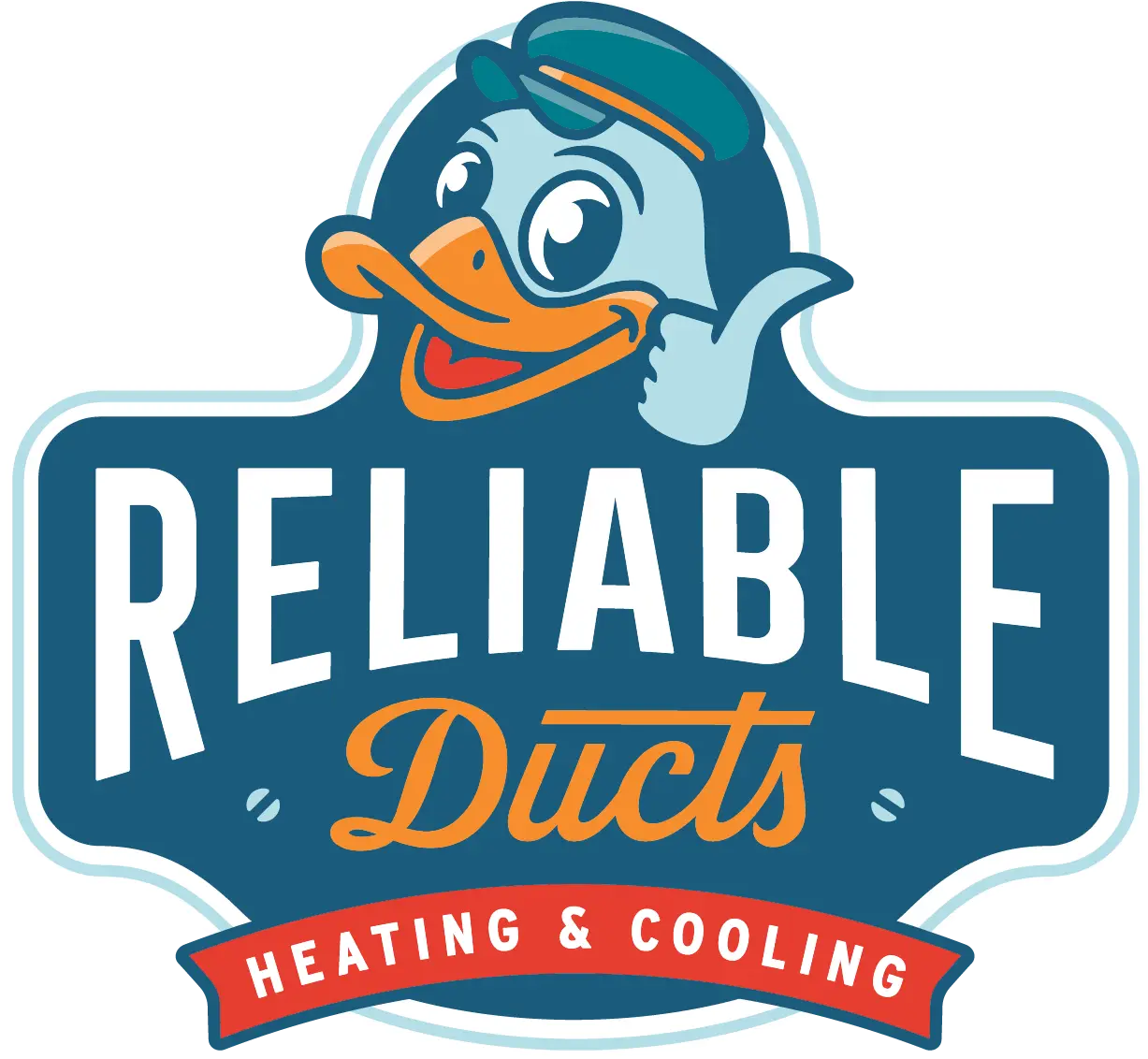Finding the Perfect Summer AC Temperature in Fernandina, FL
[vc_row][vc_column][vc_column_text]When summer hits Fernandina, FL, the heat can be quite intense. Finding the right air conditioning temperature is key to staying comfortable and keeping those energy bills in check. But what’s the magic number? Let’s dive into the ideal AC temperature settings for summer and how Reliable Ducts can help you maintain a perfectly cool […]
Expert HVAC Maintenance Tips for Fernandina, FL Homeowners
[vc_row][vc_column][vc_column_text]Living in Fernandina, FL, with its unique coastal climate, requires specific considerations to maintain an HVAC system effectively. Reliable Ducts is dedicated to helping homeowners in Fernandina keep their HVAC systems running efficiently with tailored maintenance strategies that tackle the local environmental challenges. Why is HVAC Maintenance Crucial in Fernandina? Enhanced Efficiency: Regular […]
Atlantic Beach HVAC Maintenance Tips
[vc_row][vc_column][vc_column_text]Nestled in the serene coastal community of Atlantic Beach, FL, residents enjoy the soothing sea breeze and warm sunshine year-round. However, the salty air and Florida heat can take a toll on your HVAC system, making regular maintenance not just a necessity but a priority for ensuring your home remains a cool oasis. Reliable Ducts, […]
Energy-Efficient HVAC Upgrades in Atlantic Beach with Reliable Ducts
[vc_row][vc_column][vc_column_text]In Atlantic Beach, where the climate demands significant use of heating and cooling systems throughout the year, energy efficiency becomes a critical factor in choosing an HVAC system. Not only does it impact utility bills and comfort, but it also plays a significant role in reducing the environmental footprint of homes and businesses. Reliable Ducts […]
Combatting Indoor Air Pollutants with Reliable Ducts in Atlantic Beach
[vc_row][vc_column][vc_column_text]St. Johns, FL, a gem nestled in Northeast Florida, offers its residents a blend of modern living and natural beauty. However, this balance also brings unique challenges to maintaining indoor air quality, from pollen and allergens to humidity-related issues. Reliable Ducts HVAC Repair steps up to these challenges, offering a suite of services designed to […]
Does the Brand Matter?
[vc_row][vc_column][vc_column_text]When it comes to investing in an HVAC system, many homeowners find themselves asking, “Does the brand really matter?” Picking the brand that would best meet your needs might be difficult with so many alternatives on the market. Let’s explore the importance of HVAC brands and how they impact performance, reliability, and the need for […]
Expert HVAC Cleaning Services in Neptune Beach, FL by Reliable Ducts
[vc_row][vc_column][vc_column_text]Nestled in the serene landscape of Neptune Beach, FL, where the gentle sea breeze meets sunny days, maintaining a clean and efficient HVAC system is crucial for ensuring year-round comfort. With the unique coastal climate, HVAC systems in Neptune Beach face distinctive challenges, from battling humidity and salt air to keeping indoor air quality pristine. […]
Expert HVAC Cleaning in Fernandina by Reliable Ducts
[vc_row][vc_column][vc_column_text]Fernandina, FL, with its picturesque landscapes and coastal charm, presents a unique set of challenges for maintaining indoor air quality and HVAC system efficiency. The coastal climate, characterized by humidity and salt air, can impact HVAC performance and reduce indoor air quality. This is where Reliable Ducts steps in, offering comprehensive HVAC cleaning services tailored […]
Do You Know What A Ductless Heating System Is?
[vc_row][vc_column][vc_column_text]As homeowners look for efficient and flexible heating solutions, ductless heating systems have gained popularity. But what exactly is a ductless heating system, and how does it work? In this blog, we’ll explore the ins and outs of ductless heating systems, their benefits, and why they might be the perfect fit for your home. […]
Enhancing Indoor Air Quality in Jacksonville Beach: The Role of UV Light in HVAC Systems
[vc_row][vc_column][vc_column_text]For homeowners in Jacksonville Beach, maintaining a clean and healthy indoor environment is crucial. One of the most effective ways to achieve this is by integrating UV light into your HVAC system. This blog explores the importance of UV light in HVAC units and how it can benefit your home’s air quality and efficiency. How […]
